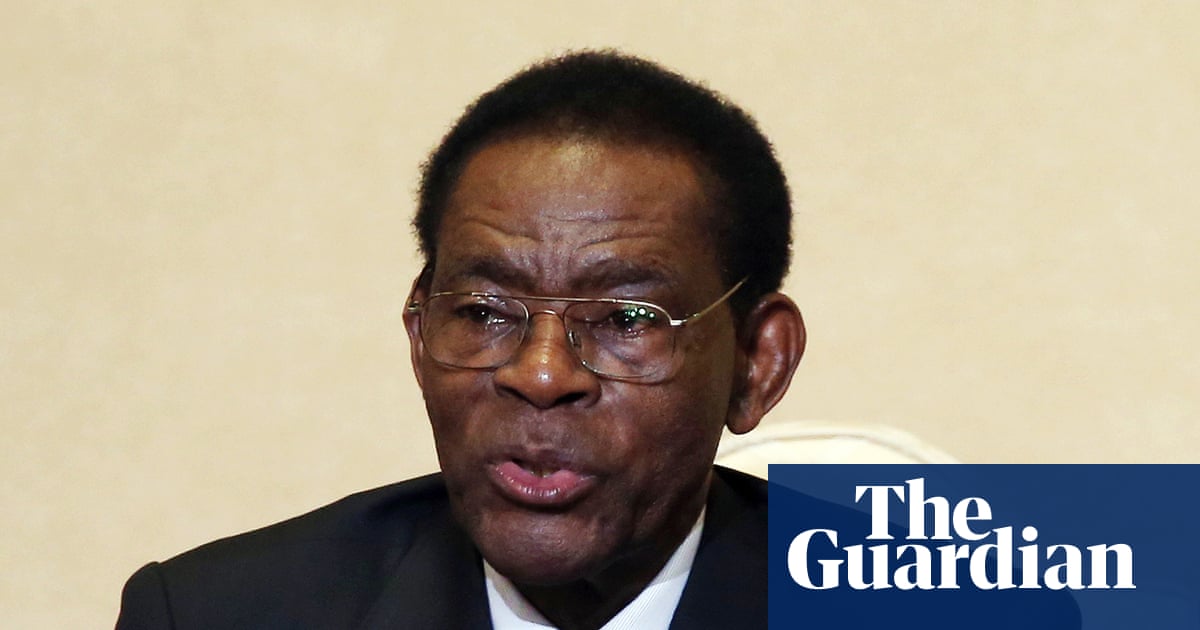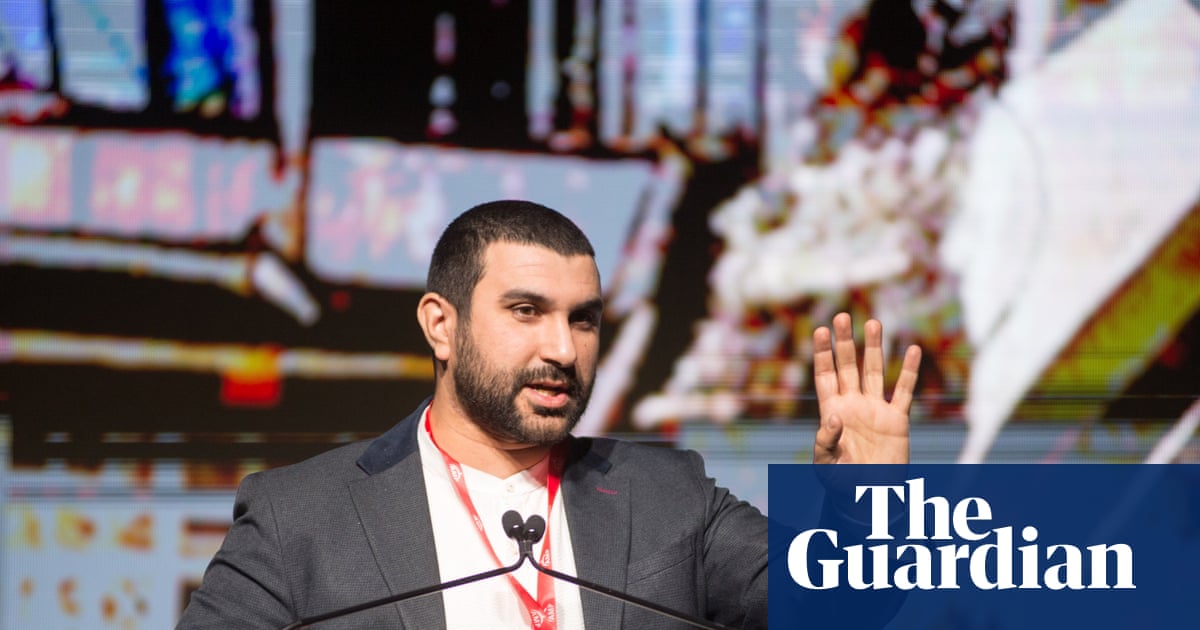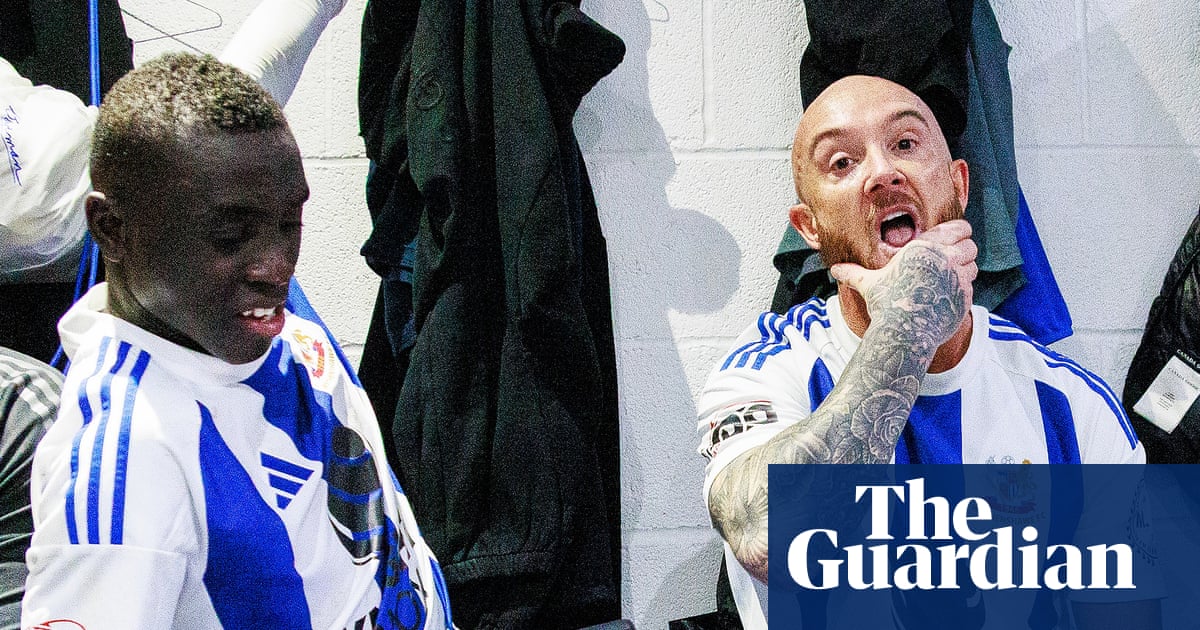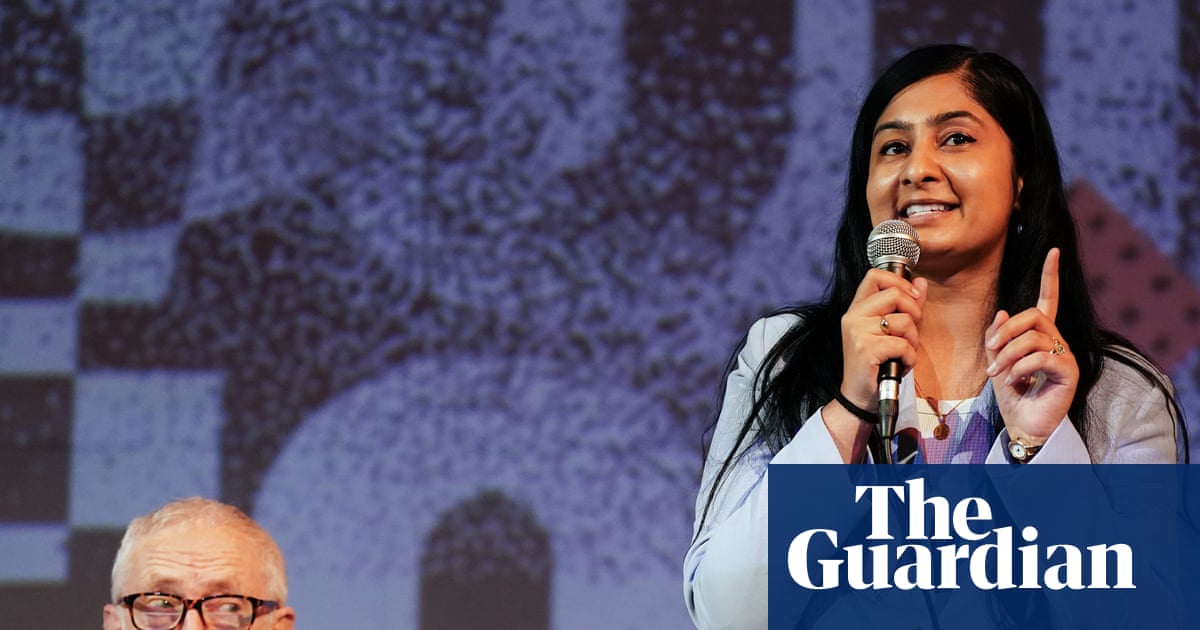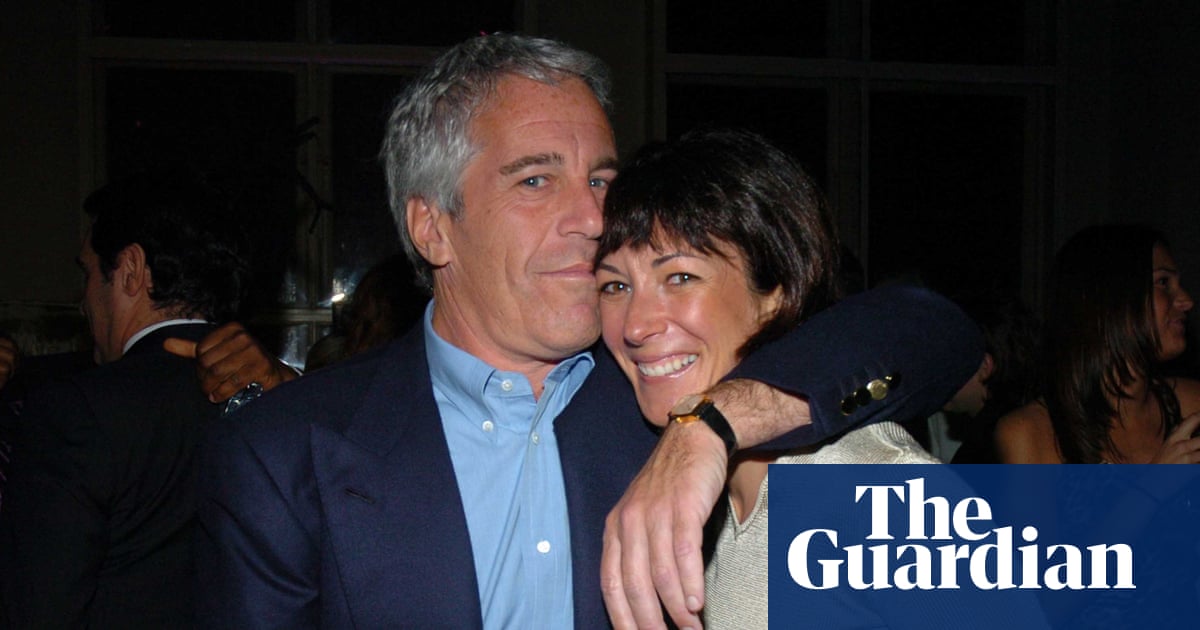My first push-up after a double mastectomy felt like snapping an ancient rubber band. The anticipation of resistance in my chest and arms, followed by an emptiness, a blank, an absence. For a moment I lay facedown on the bouncy black floor of the gym. I let out something between a laugh and a sob. And then I rolled over on to my back. After a moment or two, I realized it was the only way I could stand up. My arms had nothing to offer.
It had been about three months since my surgery. I had succeeded in my ambition of getting back to CrossFit. But something more than my breasts were missing.
Yes, I know the stereotypes about CrossFit – how people who do it are cultish meatheads – and I guess that is why I tend to apologize when I tell people about my CrossFit habit, before I begin to evangelize. Because the truth is, unfortunately, CrossFit really did change my life after my mastectomy broke down my body in ways that I did not expect. I love CrossFit and I think everyone should try it! (I’m sorry.)
I am not a natural athlete. I am someone who lived the first half of my life believing that the primary purpose of my body was to serve as a necessary vehicle for my brain. The secondary purpose, of course, was aesthetic. I grew up in the 90s, and I was an indoorsy person. I edited the school newspaper and played the cello. When I played field hockey, my dad made me wear a pair of safety goggles from his laboratory.
I went to a public high school where the girls’ soccer team won the New York state championships several times. A big deal. I was not on the team – of course I wasn’t – but I sometimes had to play dodgeball against the girls who were. They were incredible. I remember at least one occasion when the match was so unbalanced that the gym teacher called a time out in order to bring my ragtag crew of teen intellectuals into a huddle and whisper: Girls, you’ve got to start cheating.
I did dabble in exercise in my 20s and 30s, but my focus was on being thin, or something like it. From time to time I would join a gym and go three to four times before cancelling my membership. It never seemed worth the money. At my most active, I commuted by bike. For some years I had a yoga phase, and I enjoyed that, until it ended with a neck injury from a misaligned handstand.
At my previous athletic peak, in the year after the 2016 election, I spent a wild amount of money on biweekly training with a very high-level boxing coach, as if that would prepare me to face the apocalypse. My shoulders developed a beefy look that I did not like. I did the math on how much I had spent ($7,000) and realized I could have also used it on the most luxurious vacation of my life, and felt some regret.
Then: pregnancy, pilates, Covid, pregnancy, Zoom pilates. By 40 I didn’t hate exercise any more, but I didn’t prioritize it. I could go for weeks or even months without it.
When I turned 41, my doctor reminded me that, yes, I should be working out. I was 41, after all. My cholesterol was a wee bit high.
I sighed, and reluctantly decided to go to the gym. I needed one close enough that it felt impossible to ignore, as something deep within me objects to commuting just to work out. Too much effort. It needs to be right in front of me or I simply will not attend.
On Google Maps, the nearest dot turned out to be a CrossFit one. I thought, “OK, I’ll try that.” Friends had told me about jumping on boxes – or was it flapping around with heavy ropes? I did not know. If the gym near my home had been a fencing one, or a rollerskating arena, perhaps I would be writing a different story.
CrossFit, if you are not familiar, mixes strength training, cardio and gymnastics. It promises to physically prepare you for anything in life that comes your way. When I first heard that I imagined myself running away from a tiger over rough terrain. That, to me, was the vibe.
Classes are characteristically designed to be a little brutal, to push the athlete to the edge. There is a lot of emphasis on community, too. Never before in my exercise life had I done more than a cursory nod at another person who was also sweating in my presence, so the prospect of interacting with strangers was a little alarming. Would they make fun of me? My husband and I signed up together for the intro classes and a three-month membership. We went about once a week. Sometimes it was fun; sometimes it left us sore enough to dread the stairs for a day or two. But we kept going.
And then I got my cancer diagnosis.
“It’s like having a mole removed” is something one of the surgeons said during one of my many pre-operative consultations. I’m sure I raised my eyebrows, but I sort of understood the point. Compared with other -ectomies, on a purely anatomical level, a mastectomy is a surface-level procedure, one that does not require cutting past layers and levels of viscera to reach a problematic body part (unlike, say, my former appendix).
And yet. A mastectomy is also a big deal. Mention was made of nerves that may be affected, of severance and regrowth. Allusions were made to the effect the loss of my breasts might have on my sex life, or my self-esteem, the way that my clothes fit. Mostly the focus was on how lucky I was: I had breast cancer, sure, that was unlucky, but an amputation of the breasts themselves would be sufficient. I would lose very few lymph nodes, I would not need radiation or chemotherapy infusions. I would get implants.
Some days, I felt as if I was getting away with something. All I needed to do was let a surgeon get away with my breasts.
after newsletter promotion
Mine was scheduled as an outpatient surgery: I would turn up at the hospital, have my breasts cut off, and head home around 12 hours later. It was strange to enter the building in a zip-up sweatshirt with the knowledge that the fit would be completely different when I left.
After the surgery, a kind physical therapist came in and showed me some exercises to do to ensure that my arms continued to be mobile: reaching up against a wall, that sort of thing. And that was it. For the remainder of my post-operative care, I received no referrals to physical therapy. I showed someone that I could raise my arms above my head without a problem and that was all. I thought I should be back to normal. But then I tried to do that push-up, and realized I was not.
What’s the damage, really? I asked Dr Anne Peled, a surgeon who is board-certified in plastic, reconstructive and breast oncologic surgery. “With a typical mastectomy,” she said, “many of the nerves that give sensation to the breast skin are injured, which can cause both numbness as well as chronic pain in the nerves called neuromas. Depending on the extent of injury, the numbness can extend from the collarbone to the upper abdomen.”
I was not affected by chronic pain. But the numbness lasted a long time, as did tingling in my hands, especially when I woke up in the morning. For many mastectomy patients, lymphedema is also a problem: the arm gets swollen, which can impact mobility and also potentially cause other complications such as infections, Dr Peled said. And then there is cording, when fluid and scar tissue form palpable cords under the arm, which can also lead to pain and mobility problems.
The world so often regards our breasts as accessories, bolt-ons to our bodies that Vogue will occasionally describe as “in” or “out”, depending on the season. A mastectomy reveals that it is not so simple. You can’t just whip them off and move on. Or even move like you used to.
The laziness that made me start going to CrossFit is one of the most serendipitous things that has happened in my life. I just never would have gone for the first time after my surgery. I could not have started something new. I would have been terrified to walk into that unfamiliar space in that scarred body. I only went because I knew what it was like there. I knew that no one would judge me while I flailed on the floor in an unsuccessful push-up. I kept going because I knew that I would be celebrated when the push-ups got a little bit better.
It’s not unusual. Dr Peled noted that there is strong evidence for the value of strength training in breast cancer recovery: “There are some good studies that show that strength training decreases the chance of getting lymphedema and can help with treatment,” she said, “so I recommend training [or] consultation with a physical therapist to all of my patients who have had lymph node surgery or radiation.”
The thing that I like most about CrossFit is that I have never felt as if I am trying to compete against anyone else in the gym. That was an incorrect assumption, perhaps based on those childhood physical education classes. It may be my gym in particular, the community that has been nurtured there, but I have never feared comparison or judgment. I have actually – I can’t believe I’m saying this – made friends. Maybe that is why the membership of the gym ranges in age from teenagers to people in their 70s. Everyone is on the same team, competing against themselves. On the day that I finally did a successful push-up again, 18 months after my initial surgery, I felt like a champion. People fist bumped me – and not even in an ironic way.
I have Lynch syndrome, a generic condition that means I will get cancer again in my lifetime, almost certainly. Every year I have a cascade of preventive tests and procedures. It’s kind of terrible, but it’s also just a fact of my life. It’s what it takes for me to be here, in this body I was born in.
I cannot control when and if I will get cancer again. But I can play an active role in how fit I will be if it happens. That’s the event I’m training for. Each time I lift a barbell or swing a kettlebell, I think, “Well, here I am at CrossFit. I’m still alive.” And then I keep moving.
-
Jean Hannah Edelstein is the author of Breasts: A Relatively Brief Relationship, published in the US by Mobius Hachette

 1 month ago
46
1 month ago
46
